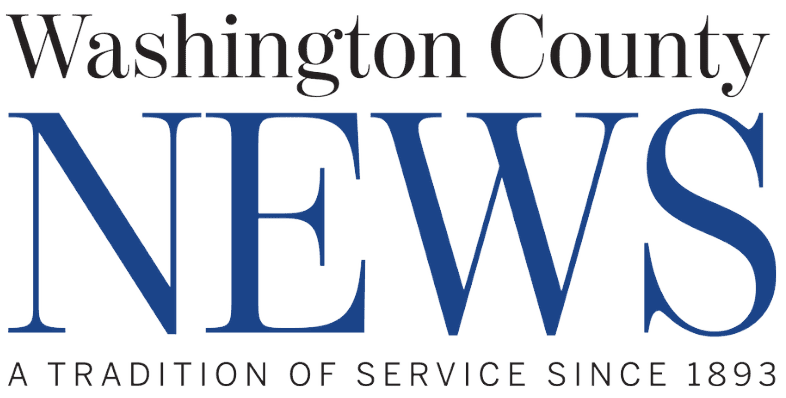One could say Ebro resident Dr. John Savage has lived the life of several men over his 88 years.
A true Florida Panhandle native, Savage was born in Okaloosa County in 1939. His parents moved to Bay County when he was just a month old, and he spent much of his youth in Holmes and Washington counties before earning first his dentistry and then a law degree from Emory University.
Savage went on to teach dentistry at Emory for two years after graduating, but soon, he was ready for his next adventure and served two years as a dentist with the U.S. Navy. During that time, he assisted with Operation Deep Freeze, part of the Navy’s continued exploration efforts of Antarctica in 1955 and 1956.
With the titles of dentist, attorney and Antarctic explorer under his belt, Savage returned to Georgia, where he gained a new title in 1971: state legislator.
State Representative Savage served 10 years in that role, quickly gaining a reputation for holding public officials accountable. One of his most notable fights was in 1978 against Atlanta City Council members after the council voted to give then-Atlanta Mayor Maynard Jackson a $10,000 a year raise hours before he was officially sworn into office, as well as voted in a measure creating $3,600 in expense accounts for council members weeks before they were sworn in. The actions were not publicly noticed until a week after they had taken place.
“The law’s written specifically to keep politicians from being that damn conniving,” Savage told The Atlanta Constitution in January 1978. “This is the type of action that destroys public confidence.”
Savage would eventually re-focus soley on his dentistry craft in the 1980s, pioneering a new bridge technique called the “Georgia Bridge,” which earned him not only a reputation as a “tooth sculpter” but also the top prize from Johnson & Johnson in the company’s Art of Restorative Dentistry Competition. While Savage has earned a professional reputation that has clients traveling from around the world to seek his expertise, he has also donated countless hours to philanthropic cases.
Savage has also made a point to surround himself with other extraordinary individuals, such as his longtime friend, Otis Ikner, who passed away in April 2022.
While practicing dentistry in Atlanta, Georgia, Savage met and hired Ikner, who would later receive the Lifetime Achievement Award from the Excellence in Dentistry Organization for being the nation’s first Black male dental hygienist. A report from U.S. News and World Report declared Ikner to be a pioneer in the field after statistics showed he was the nation’s sole male dental hygienist between 1973 and 1978. Among his other notable achievements, Ikner also competed on the U.S. Olympic Fencing Team. The men immediately formed a bond that transcended the boundaries of the racial and social unrest that continued to resonate throughout the 1970s. Ikner returned with Savage to Ebro in the 80s, where they continued to work together until Ikner accepted a position with Washington County Council on Aging following recovering from a stroke. Ikner and Savage’s adventures together have been chronicled in a book by Kathryn J. Hardy called, “Johnny and Jazzbo.” The book is available at the Washington County Historical Society Museum. Hardy will be at the museum to sign books from 10 a.m. to noon, Saturday, June 25.
But as others begin to share tales from his life, Savage says his story is far from over. He keeps active with daily exercise and by going dancing twice a week and says he is preparing for yet another adventure,“whatever that may be.”
Today, he is winding down the last of his more than 63 years of practice at the small office located behind his home at his 240-acre fish camp on the Choctawhatchee River, an office he says allowed him to “practice dentistry in paradise.” Through all his travels, Savage says his work and the river are where his heart lies, with strong family ties and traditions that called him back. “I have covered the Earth and yet there is no place that means as much to me as Northwest Florida,” he said. “My great-grandfather traveled on a horse and buggy along this same river and provided dental services in the late 1880s. My grandfather and uncle were dentists, too. I make smiles. That’s what I do.”

